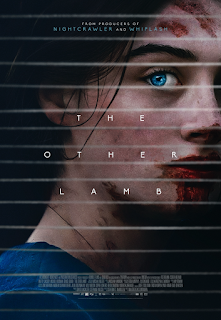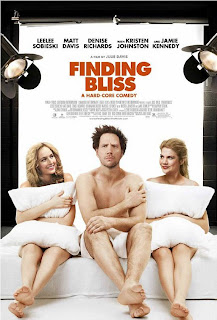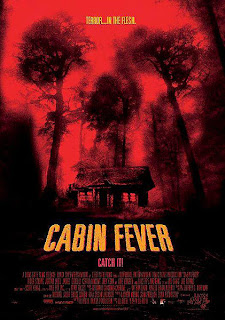Leaving the Flock: "The Other Lamb" a barebones, exquisitely made primal scream
The Other Lamb (2020)
97 min.
Release Date: April 3, 2020 (Digital & VOD)
Understated but hardly ever dull, “The Other Lamb” is a dreamlike fable of chilling premonition and catharsis toward freedom. Polish director Malgorzata Szumowska (making her English-language debut) brings a potent, eloquent visual eye to this horror drama, written by C.S. McMullen, that has echoes of Margaret Atwood's "The Handmaid's Tale" and 2011's excellent "Martha Marcy May Marlene," even if it remains in a self-contained bubble that of a cult living off the grid. There’s a certain amorphous nature to it all, besides being held together by an exquisite mood and having something timeless to say about piety, defiance, and blind faith. Simmering and quietly unsettling, “The Other Lamb” excels more as a mood piece than strong narrative.
The cult of “Eden” that teenage Selah (Raffey Cassidy) was born into is all she knows, even after her mother died after giving birth. Cut off from society in a remote Pacific Northwest forest commune, she and other women are guided by their charismatic, messiah-like leader known as the Shepherd (Michiel Huisman). The women are divided into wives and daughters—both groups are color-coded by red and blue, respectively—and each night one of them is chosen to receive the Shepherd’s grace (or, have sex with him). When the outside world comes knocking late one night, Shepherd orders that his wives and daughters must leave with him and start a new life somewhere else. Selah follows, but she also begins to put her upbringing and insular worldview into question after being informed of their leader’s actions by Sarah (Denise Gough), a wife who has been shunned to live in the shadows yet stays out of fear.
Aesthetically speaking, “The Other Lamb” is pristine. The cinematography by Michal Englert (2015’s “Body”) is precise, vivid and lush, and the dolly zoom technique is employed at one point, in which Selah is resting on the top of a mountain, to off-kilter, foreboding effect. Interspersed imagery of menstrual blood, slaughtered lambs, and muted screams is made startling in the edit, and any shot with the Shepherd on his stump and surrounded by his wives and daughters within a fence made of wool string in the woodsy environs is arresting. Combining director Malgorzata Szumowska’s vision and a transfixing performance by Raffey Cassidy, "The Other Lamb" is barebones and laconic but still rumbles with a primal scream.
Grade: B -












Comments
Post a Comment